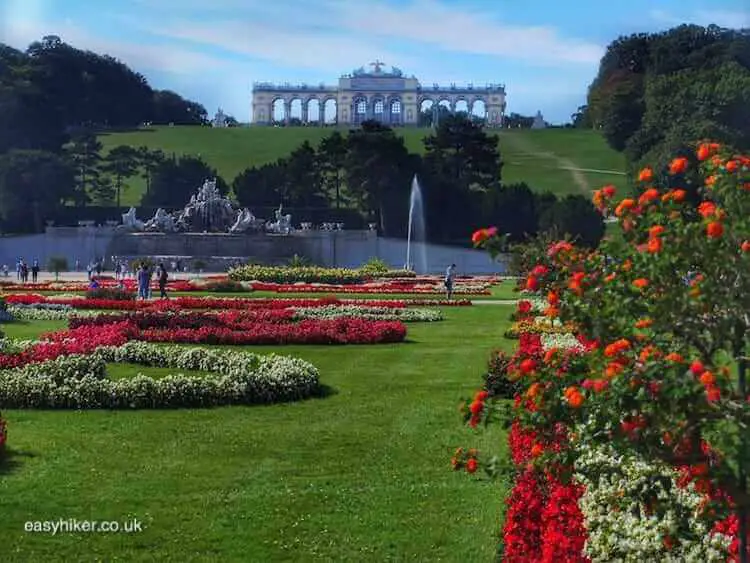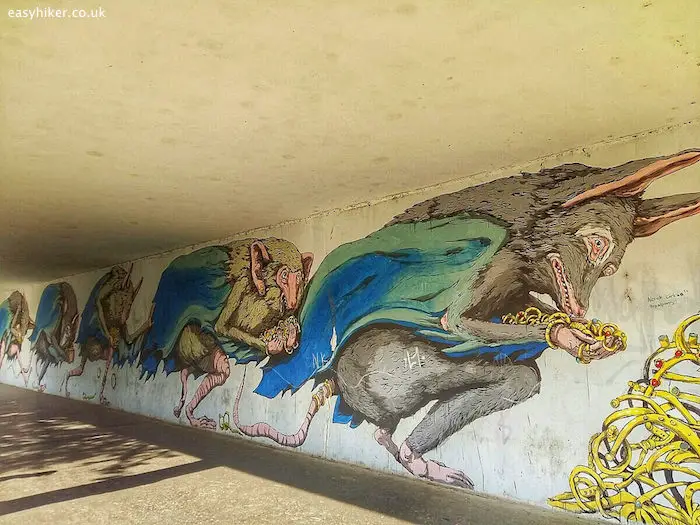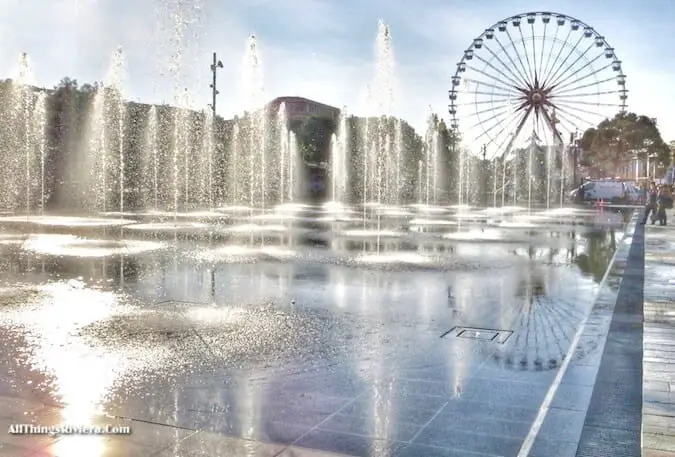London is the great survivor among the world’s cities: whatever opportunities history has come up with over the centuries, London always seized them with both hands.
This explains why its skyline may be called dramatic but never picturesque: no painter would ignore the structural imperatives of a central motive quite like this.
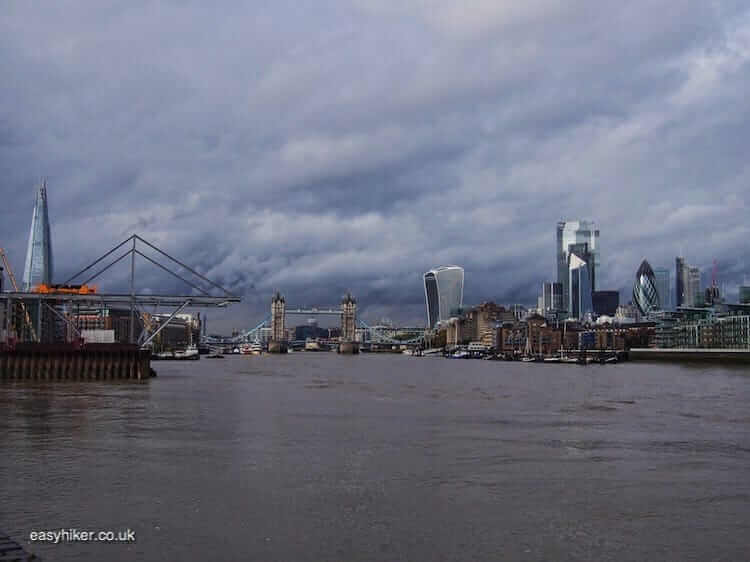
London’s tradition has always been to care little for ancient traditions: to look forward, not back. This is reflected in the city’s urban fabric. Buildings may have survived from ancient times, but most of them have been rigorously repurposed: aristocratic mansions now house corporate HQs, factories provide spaces for theatres and art galleries, churches have been converted into night clubs.
But memories cannot be suppressed quite so easily: they continue to lead a life of their own, underneath the surface of the visible world. This is what people mean when they say: a place is full of ghosts.
Finding the Ghosts of East London
It is in the city’s east where this is most keenly felt, and this is the area we are going to visit today.
London is not a seaside city, the nearest coastal town is nearly 60 km away, but the river Thames is navigable up to the metropolis’s western outskirts. London, since Roman times, was built around maritime trade.
Bermondsey on the right bank of the Thames used to be synonymous with docks and shipyards, although it no longer is. London still accommodates Britain’s largest port (once you have subtracted oil products from the total volume), but the port installations have moved further to the east as reasons for having them inland (defence and safety) gradually disappeared and new reasons for relocating them out of town (the price of land in outer London) have emerged.
Today’s Bermondsey is the place where the finance trade …
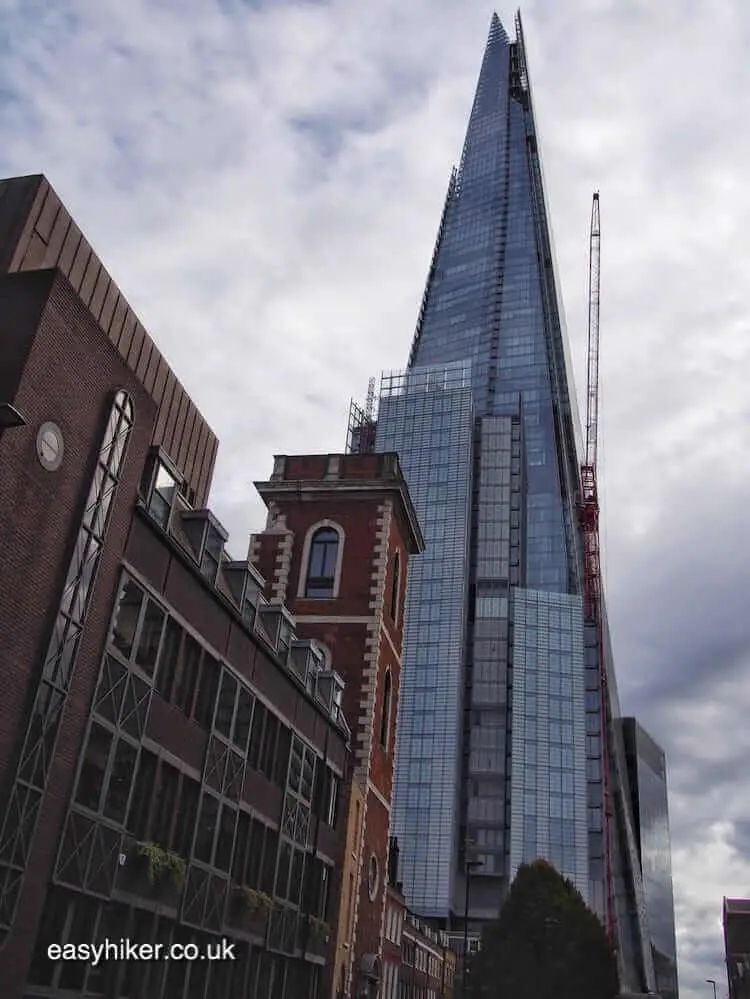
… meets the world of the East London hipster: Vinegar Yard, located at the foot of the Shard (Europe’s highest building), is London’s newest open air street market (it opened in the spring of 2019) with food stalls, bars and shops that operate from repurposed cargo containers.
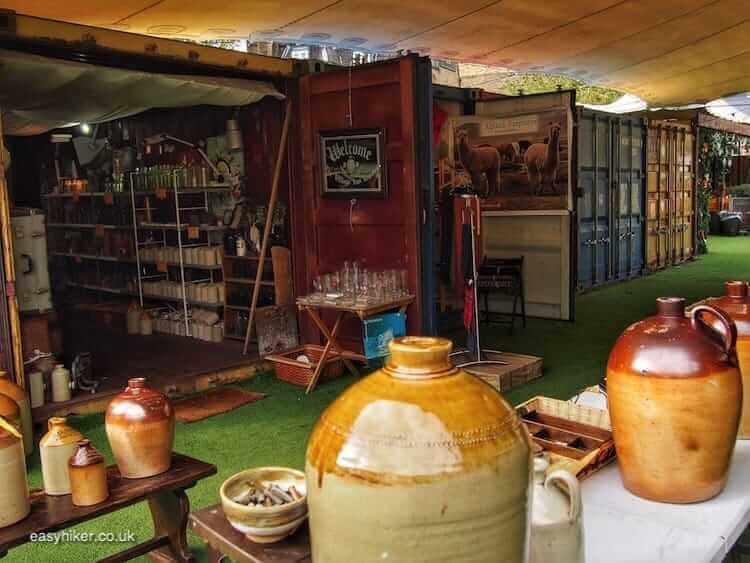
Further down Bermondsey Street, we come across the old guardhouse, converted into a cafe, from where watchmen once kept an eye on the (now disused) graveyard in the back, ensuring that body snatchers could not unearth the fresh corpses …
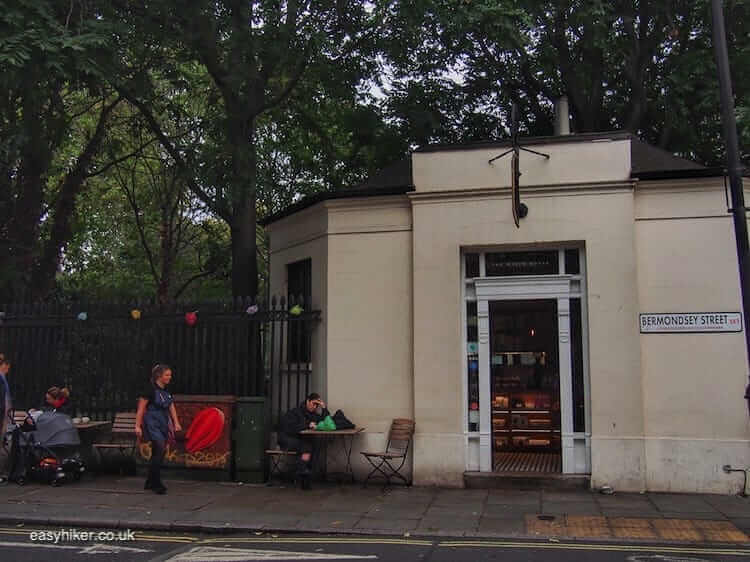
… before turning left into Grange Walk.
Bermondsey was never one of London’s more glamorous neighbourhoods, but this street – which features homes from the 18th and 19th centuries – shows that even this formerly relatively poor suburb was graced by some handsome residential homes.
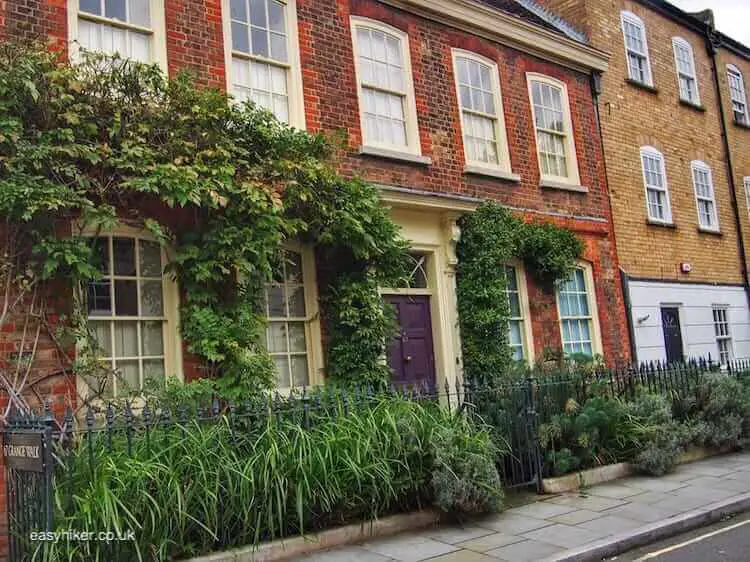
We are now standing on the eastern fringe of old Bermondsey. Beyond, there would once have been fields and meadows. Now, Abbey Street and Jamaica Road – where we turn right – are mainly lined by modern housing estates.
From Jamaica Road, we turn immediately left into George Row, passing by Jacobs Road, a notorious slum in the 19th century (this is where Bill Sikes dies in Oliver Twist) …
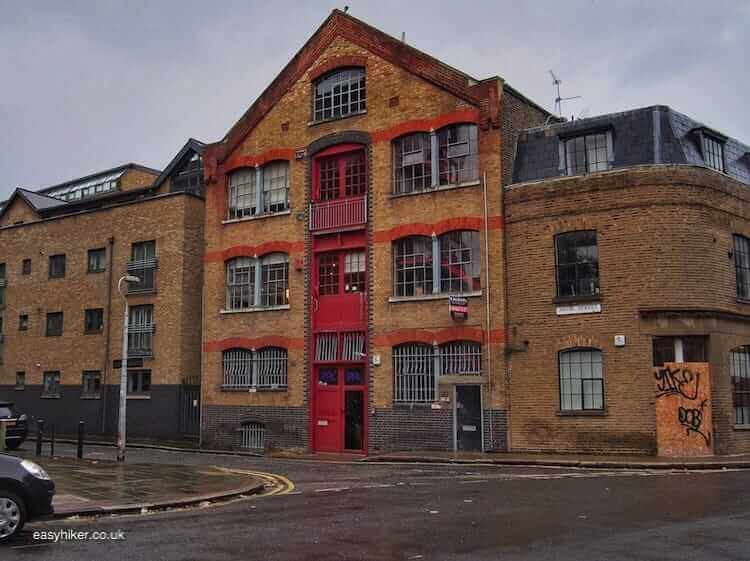
… before turning right into Chambers Street.
Turn left at the very end of this street to arrive at Fountain Green Square, where the view suddenly opens up.
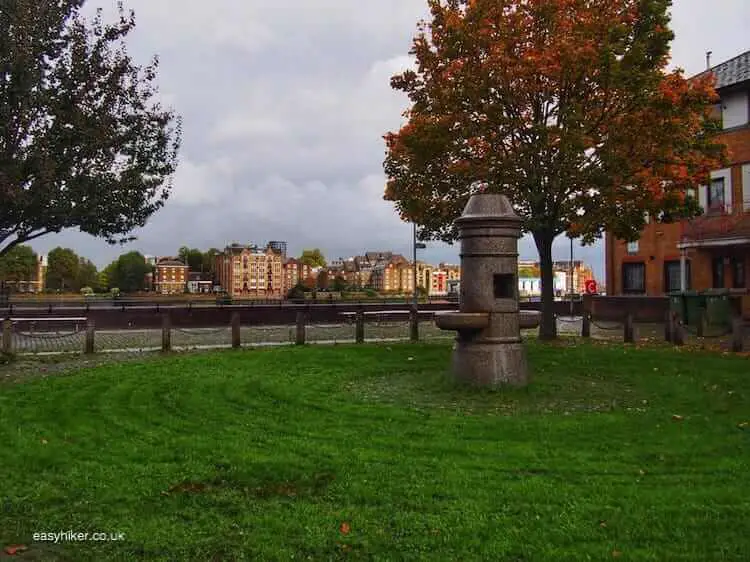
This is where we now join the right bank river walk. Together, the two river walks (one for each bank of the Thames) provide what is probably the best “urban hiking experience” in London: with their dense atmosphere, their scenic views across the river and their panoramic perspectives of Tower Bridge and the City of London in the west as well as Canary Wharf in the east.
After a few hundred metres, you will come across this lovely little scene …
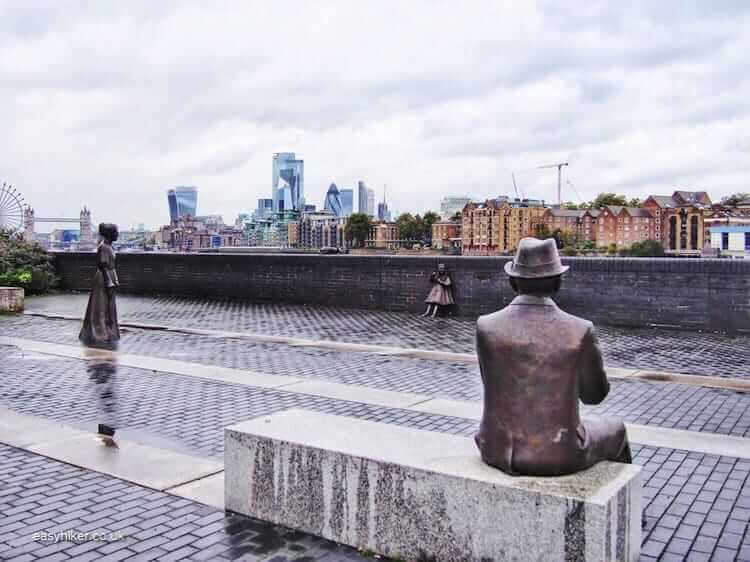
… and the heart-breaking back story it tells.
The ensemble made by the sculptor Diane Gorvin shows an old Alfred Salter, who become a pioneering medical reformer after abandoning a brilliant academic career to work as a doctor for Bermondsey’s poor and destitute, as he sits in quiet contemplation of his past.
This past is represented by Salter’s wife Ada in her younger days – when she was a prominent social reformer in her own right – and their only daughter who died a tragic death at the age of 8. (More ghosts of East London.)
Immediately before that, you can find Cherry Garden Pier where JMW Turner stood when he sketched what eventually became his most famous painting: the scene where the old warship “The Fighting Temeraire” – already a ghost-like presence that appears to merge into the South London fog – is pulled by a steam-powered tugboat to the maritime knacker’s yard in downstream Rotherhithe.
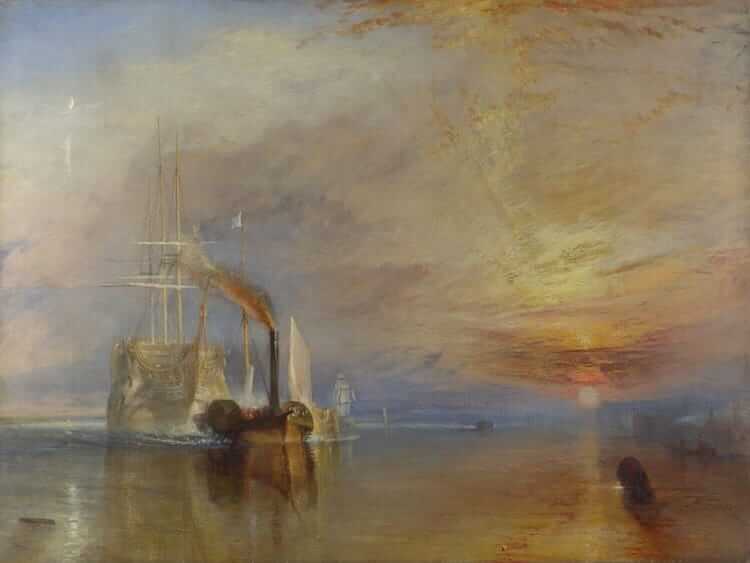
We arrive in Rotherhithe village soon after that, having turned right behind the riverside walkway underneath a modern apartment block.
At the following junction, turn left into narrow Rotherhithe Street.
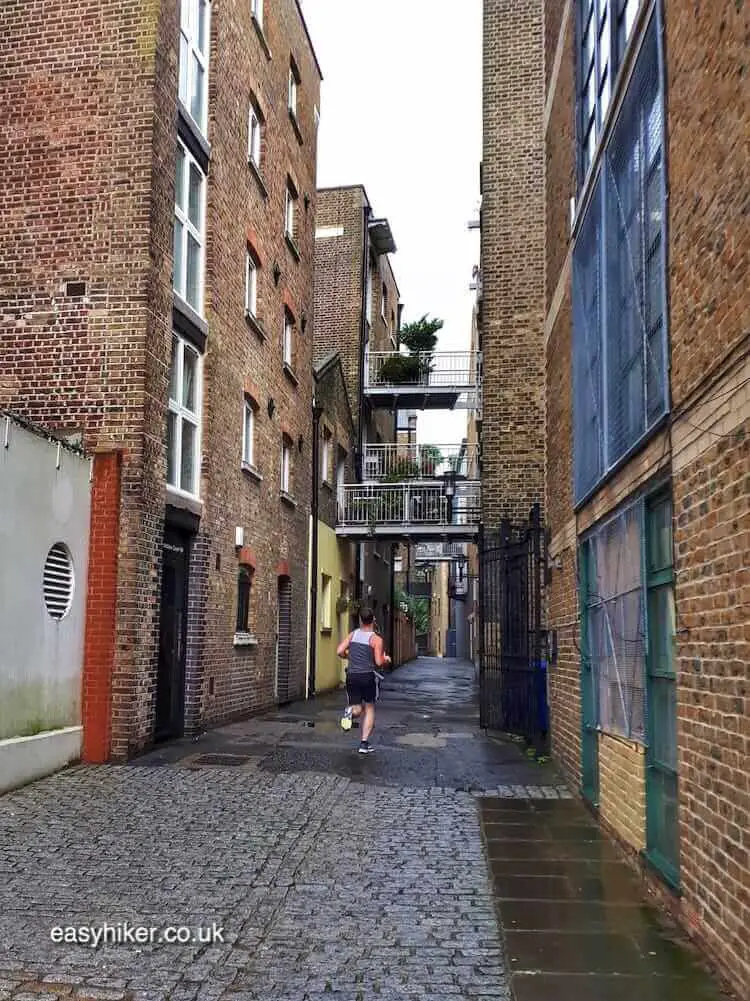
In the old days, Rotherhithe was a place where ships were not only dismantled (like the Temeraire) but also kitted out for long journeys: as was the Mayflower before her famous trip across the Atlantic back in 1620.
The Mayflower Pub stands just outside the quay from where the Pilgrim Fathers left for the New World – and where the ship eventually returned to be broken up, just like Turner’s Temeraire.
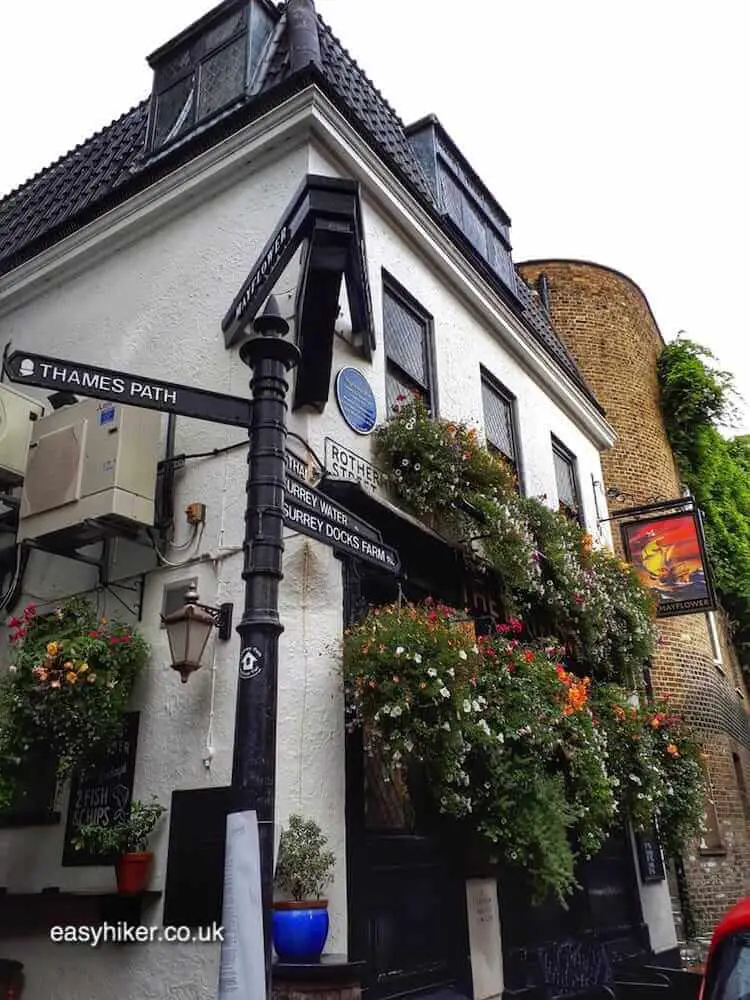
The building just across the street served as the pump house for one of the 19th century’s most ambitious engineering projects: the Wapping-to-Rotherhithe tunnel, the world’s first underwater tunnel.
This is now a museum and shrine for the tunnel’s two chief creators, the father-and-son duo of Marc Isambard and Isambard Kingdom Brunel, who later became Britain’s foremost railway builder.
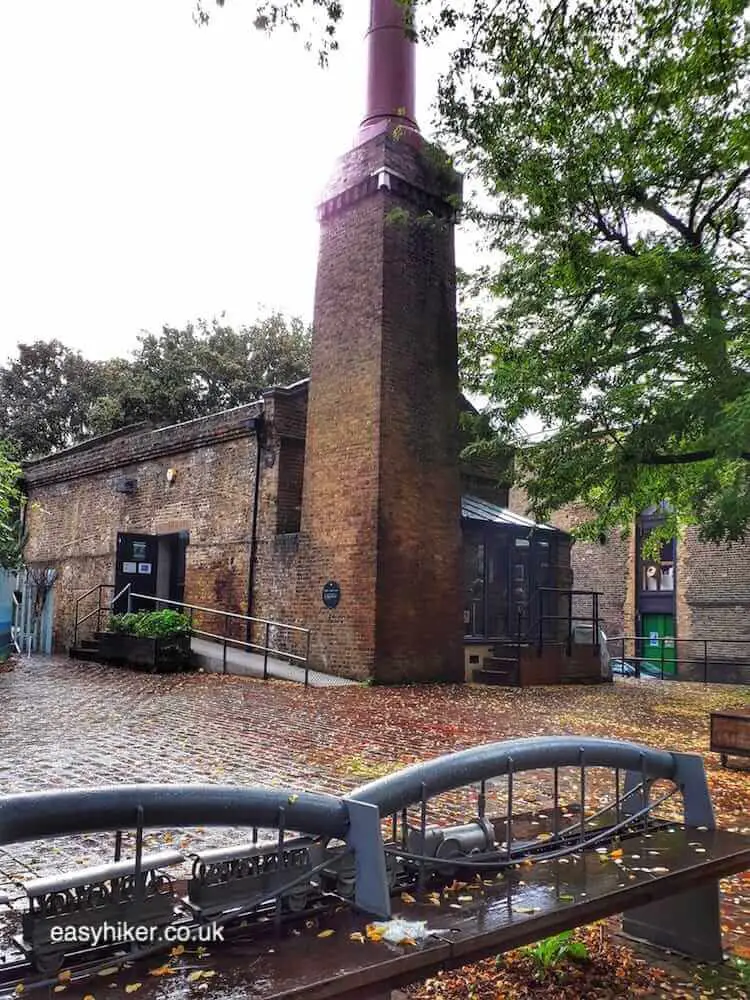
By now, you will have spotted the village’s most eye-catching building, the church of St Mary. But the inside of the church is at least as interesting: there are many seafaring mementos, and some pieces of furniture are made from wood that was salvaged from the wreck of the Temeraire.
Even the pillars, seemingly made of solid stone, are made from ship wood and encased in plaster.
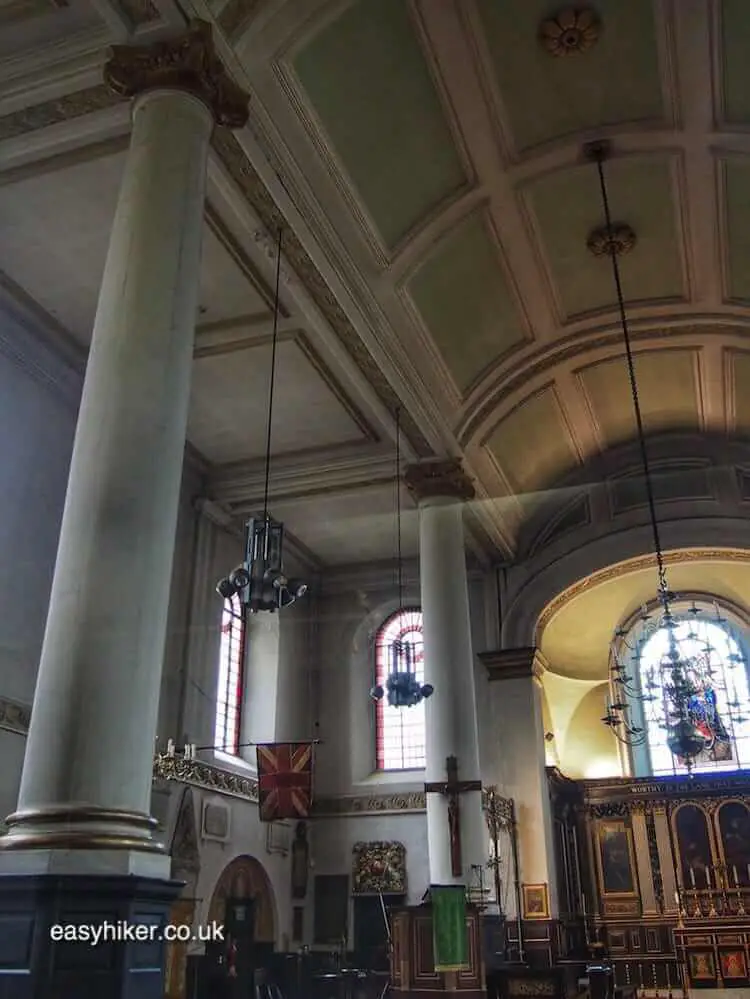
Finally, as a way of rounding off your trip, we recommend a short bus ride to London Bridge – the nearest underground station to the Shard from where we started the walk – and to the large food market (Borough Market) nestled underneath its cast iron arches.
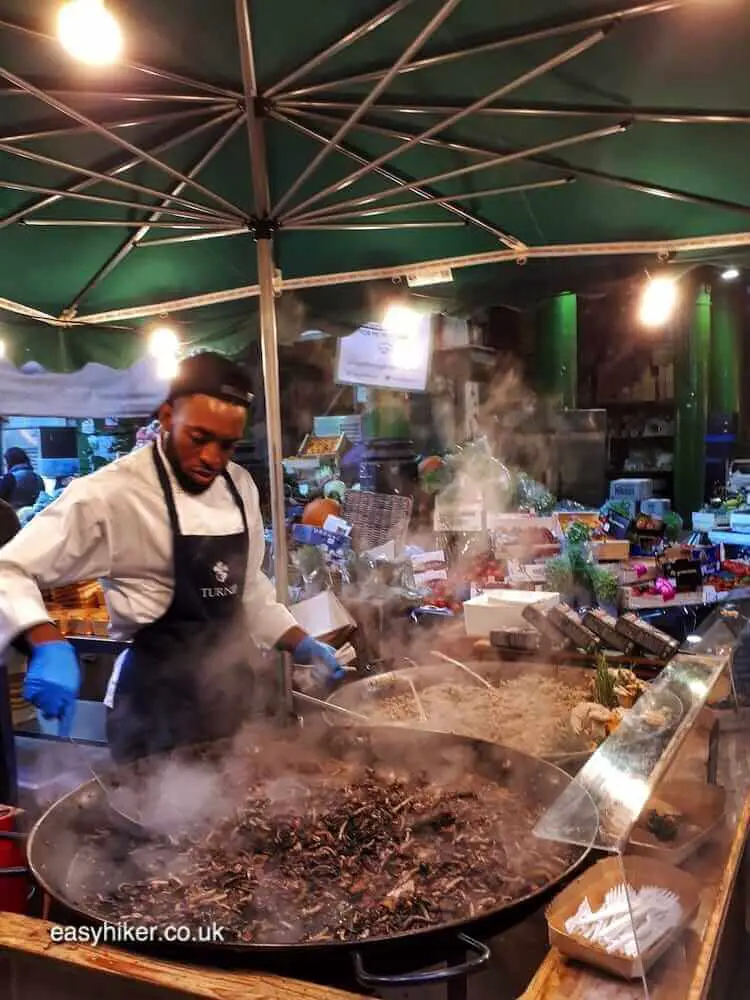
For many years, Borough Market (which may have been established 1,000 years ago) was the place where retailers bought their produce from wholesalers, but over the past few decades, it has developed into a foodie paradise with specialty shops and food stalls. A satisfying way to leave the ghosts of East London behind.

